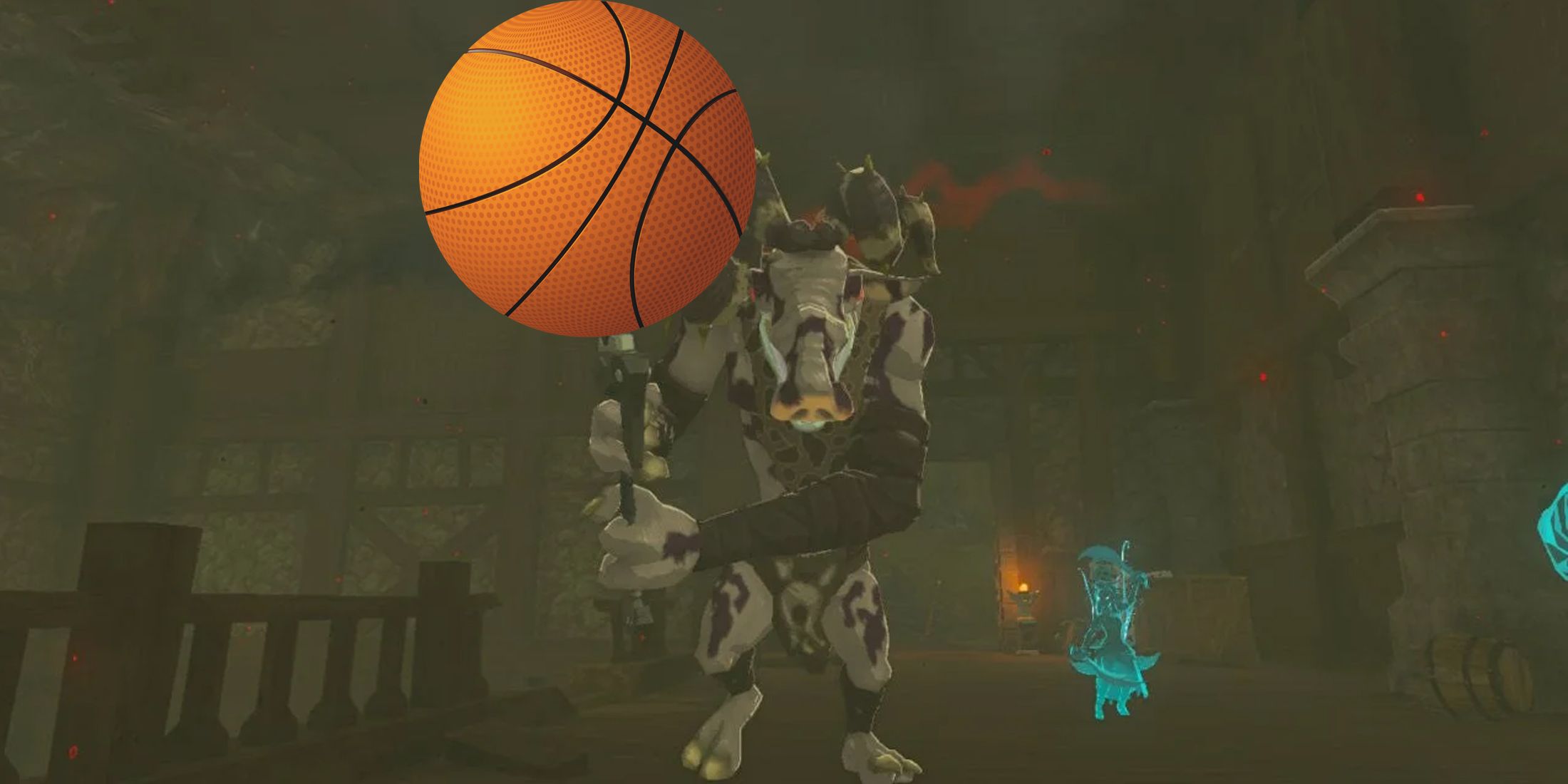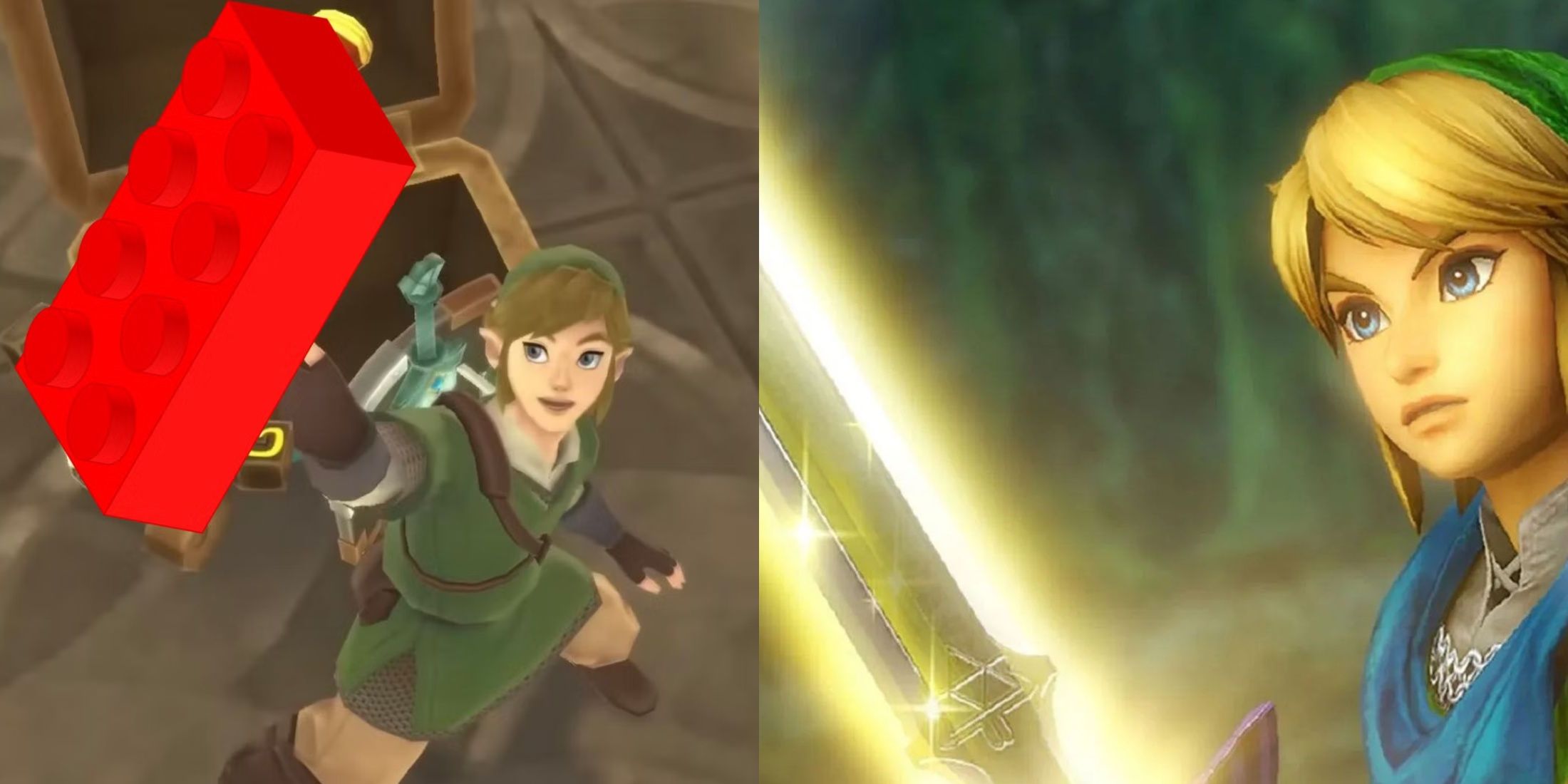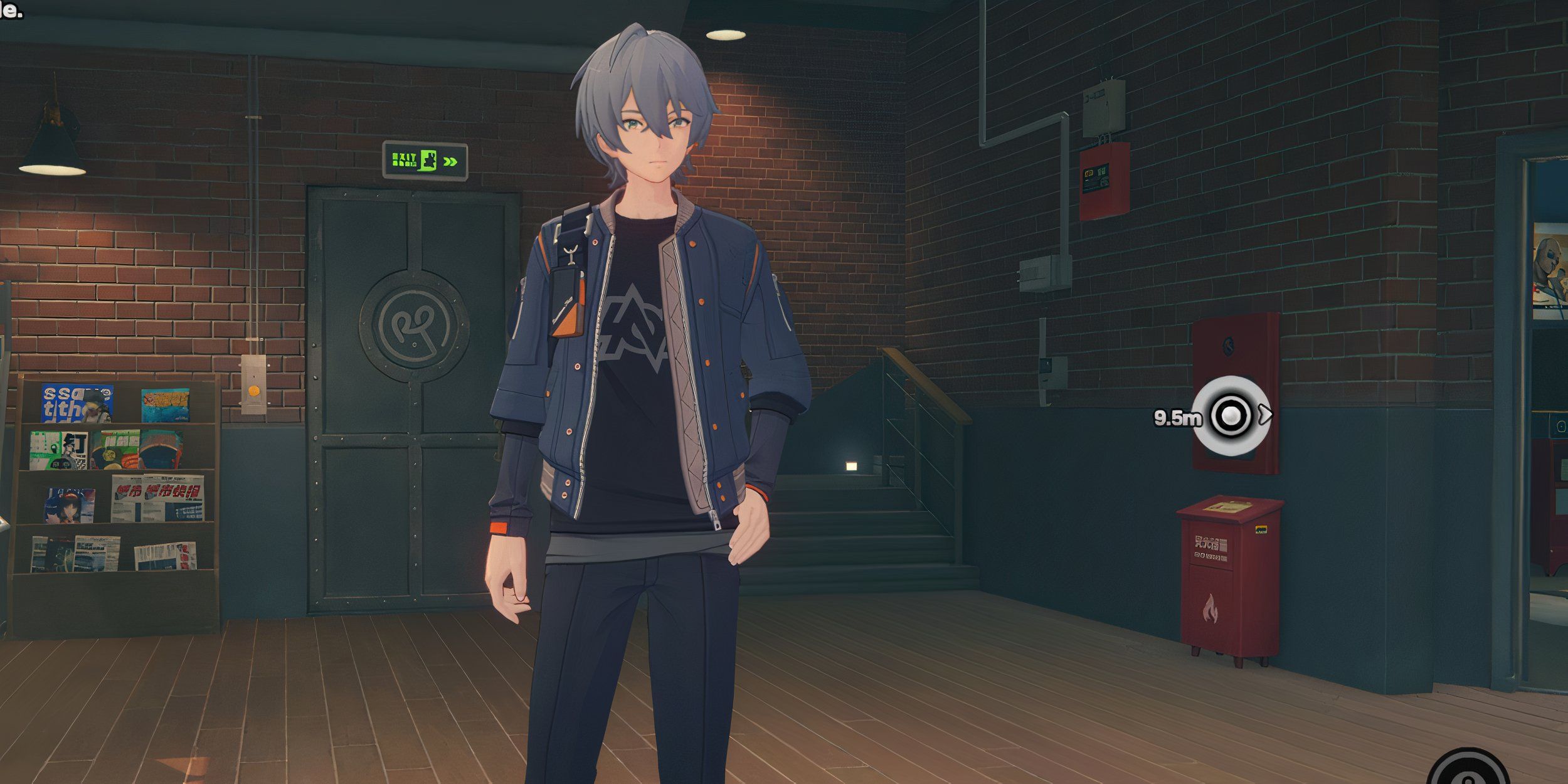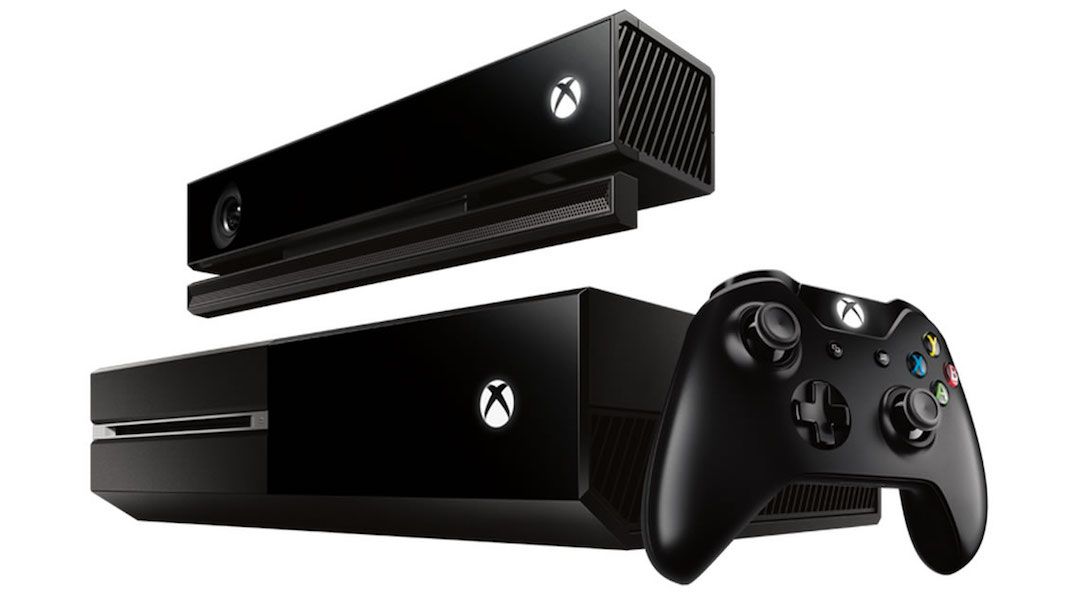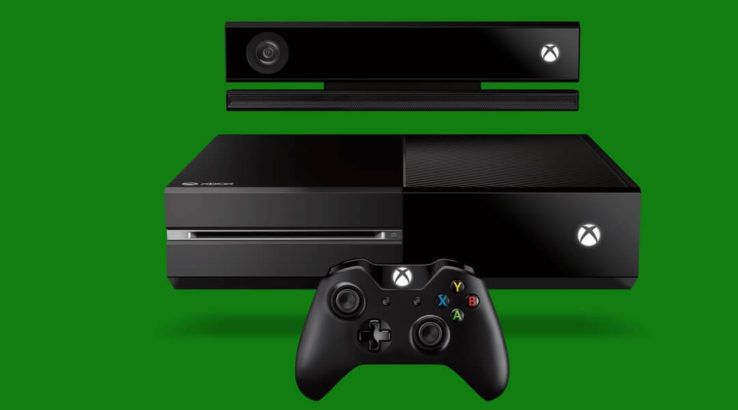In 2010, Microsoft released its motion-control camera system Kinect for Xbox 360. A response to the motion control gaming made popular by the Nintendo Wii, Kinect would be Microsoft's way of encouraging casual gamers to consider its console over its rival's system.
Then in 2013, Microsoft released an updated version of the technology, Kinect 2.0, for the Xbox One but unfortunately it never quite reached the success that the Xbox 360-based original did. As a result of the poor performance of the peripheral, Microsoft is now killing off the Kinect, having officially ceased production on the hardware.
Alex Kipman, creator of the Kinect, and Matthew Lapsen, GM of Xbox Devices Marketing, confirmed the news in a new interview, saying that no more Kinect units would be available once retailers sell off their existing stock. Kipman and Lapsen also confirm that Microsoft will continue to support the Kinect for those who own the peripheral on Xbox consoles.
During its seven-year lifetime, the Kinect did offer some interesting and helpful features. The Kinect 2.0 allowed players to use voice commands and gestures for their Xbox One (which Microsoft later killed off) and it could even monitor the user's heart-rate. There were also several fun, motion-controlled games, such as Kinect Star Wars, Fruit Ninja Kinect 2, and the Just Dance games.
But the Kinect was never considered a 'must-have' device. Microsoft's decision to make Kinect a mandatory part of Xbox One bundles at launch only raised the price of the console, impacting sales and negatively affecting people's perception of the Xbox brand. Microsoft later admitted that making the Kinect optional for Xbox One would lead to more games being made for the console.
The death of the Kinect has been a long-time coming then and there have been many telltale signs. For example, the now standard version of the Xbox One console, the Xbox One S, requires an adapter to use Kinect. More recently the company confirmed that it would not be offering a free Kinect adapter with the Xbox One X.
What does the end of Kinect mean for casual gaming on Xbox consoles? The marketing and the increased power of the Xbox One X make it clear that Microsoft is targeting core gamers rather than a more casual audience right now. It's unclear whether Microsoft will focus on casual players at some point in future but the relative failure of the Kinect means that the company will be hesitant to try again.
Source: Co.Design

